Subtotal: $2.00
Histrelin (CAS No. 76712-82-8)
原价为:$28.00。$24.00当前价格为:$24.00。
Histrelin (CAS No. 76712-82-8) is a gonadotropin-releasing hormone (GnRH) receptor agonist. By stimulating GnRH receptors, it elevates LH, FSH, and testosterone. It is widely used in prostate cancer and endometriosis research as well as reproductive endocrinology models.
描述
Product Description
Histrelin is a synthetic gonadotropin-releasing hormone (GnRH) analogue developed to mimic the biological effects of natural GnRH, a decapeptide secreted by the hypothalamus. Functionally, Histrelin acts as a GnRH receptor agonist, binding to pituitary GnRH receptors and stimulating the secretion of luteinising hormone (LH) and follicle-stimulating hormone (FSH). The increase in LH and FSH subsequently elevates testosterone levels in males and estrogen/progesterone activity in females.
Historical Context and Development
Natural GnRH is short-lived due to rapid enzymatic degradation, limiting its clinical and research utility. To overcome this limitation, researchers synthesized analogues such as Histrelin with increased potency, stability, and receptor affinity. Histrelin contains subtle modifications that extend half-life and enhance biological activity, making it one of the most potent GnRH agonists used in experimental endocrinology.
Importance in Research
Histrelin has become indispensable in the study of reproductive endocrinology, hormone-sensitive cancers, and gynecological disorders. Its dual capacity to initially stimulate gonadotropin release and later, with chronic administration, to cause pituitary desensitization and hormonal suppression makes it a versatile research tool.
-
Prostate Cancer Research:
Prostate cancer progression is driven by androgens. By first stimulating and then suppressing LH and testosterone, Histrelin provides a controlled model to investigate androgen-dependent tumor growth and resistance. -
Endometriosis Studies:
Endometriosis is estrogen-driven. Histrelin-induced suppression of gonadotropin activity allows researchers to evaluate estrogen modulation and the progression of ectopic endometrial tissue. -
Reproductive Models:
The peptide is extensively used to explore fertility, ovulation cycles, and hypothalamic-pituitary-gonadal (HPG) axis regulation.
Comparative Advantages
-
High Potency: Demonstrates greater activity than natural GnRH.
-
Extended Stability: Longer half-life allows for consistent hormonal modulation.
-
Dual Mechanism: Initial stimulation followed by receptor downregulation provides flexibility for different experimental timelines.
-
Broad Application Range: Relevant in oncology, gynecology, and reproductive biology.
Product Specifications
| Parameter | Details |
|---|---|
| Product Name | Histrelin |
| CAS Number | 76712-82-8 |
| Synonyms | Histrelin acetate, GnRH analogue, LHRH agonist |
| Molecular Formula | C66H86N18O12 |
| Molecular Weight | 1323.5 g/mol |
| Sequence | Pyr-His-Trp-Ser-Tyr-D-Ser(tBu)-Leu-Arg-Pro-NHEt |
| Appearance | White to off-white lyophilized powder |
| Purity | ≥ 98% (HPLC) |
| Solubility | Soluble in water, DMSO, PBS |
| Stability | Stable for ≥24 months at –20°C (lyophilized); solutions stable short-term |
| Storage Conditions | Store at –20°C, protect from light and moisture |
| GMP Compliance | Manufactured under GMP guidelines |
| Applications | Prostate cancer models, endometriosis studies, reproductive endocrinology |
| Availability | Bulk and research packaging available |
Notes on Specifications
Each batch is validated by HPLC, mass spectrometry, and peptide sequencing to confirm structural integrity and purity. The lyophilized format ensures maximum stability for long-term research use.
Mechanism of Action & Research Applications
Mechanism of Action
Histrelin binds to the GnRH receptor on pituitary gonadotropes, activating G-protein-coupled pathways that stimulate the release of LH and FSH. This acute stimulation increases testosterone production in males and estradiol/progesterone in females.
However, chronic exposure leads to receptor downregulation and desensitization, resulting in suppression of gonadotropin release and reduced sex hormone levels. This biphasic response makes Histrelin especially valuable for both stimulatory and suppressive endocrine models.
Research Applications
-
Prostate Cancer Research – Modeling androgen deprivation therapy, androgen-sensitive tumor progression, and resistance mechanisms.
-
Endometriosis Studies – Investigating estrogen suppression and ectopic endometrial tissue regulation.
-
Reproductive Endocrinology – Fertility cycle research, HPG axis dynamics, and puberty models.
-
Hormonal Regulation Studies – Exploring pituitary feedback loops and hypothalamic integration.
-
Drug Development – Benchmark peptide for GnRH agonist development.
-
Comparative Endocrinology – Understanding GnRH function across species.
Translational Importance
Histrelin bridges basic science and translational research, providing models that mirror therapeutic strategies in oncology and gynecology. Its ability to induce either stimulation or suppression, depending on duration, offers flexibility unmatched by many other peptides.
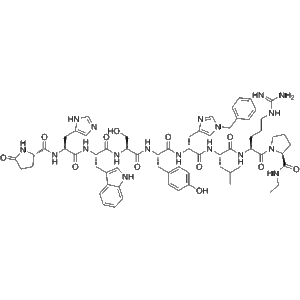
Side Effects (For Research Context Only)
In preclinical research, potential observed effects include:
-
Hormonal Flare: Initial surge of testosterone/estrogen before suppression.
-
Pituitary Desensitization: Chronic dosing suppresses gonadotropin release.
-
Model Variability: Species differences in GnRH receptor distribution.
-
Injection-Site Reactions: Local inflammation in animal studies.
-
Bone Density Changes: Long-term suppression of sex hormones may alter bone health in research models.
Researchers should carefully monitor dose timing, duration, and receptor desensitization windows when designing experiments with Histrelin.
Disclaimer
For laboratory research use only. Not for human or veterinary use.
Keywords
- CAS 76712-82-8
-
Histrelin peptide supplier
-
GnRH analogue research peptide
-
LHRH receptor agonist peptide
-
Histrelin prostate cancer research
-
endometriosis models
-
Reproductive endocrinology GnRH peptide
-
GMP-grade Histrelin supplier
-
Histrelin GnRH agonist for research
其他信息
| 重量 | 0.8 公斤 |
|---|---|
| 尺寸 | 42 × 36 × 42 厘米 |
A synthetic GnRH analogue and GnRH receptor agonist.
CAS No. 76712-82-8.
C66H86N18O12.
Approximately 1323.5 g/mol.
Increases LH, FSH, and testosterone (in males).
Prostate cancer, endometriosis, and reproductive endocrinology.
≥ 98% confirmed by HPLC.
At –20°C in lyophilized form, protected from moisture.
Yes, chronic exposure leads to GnRH receptor downregulation.
No, it is strictly for laboratory research use only.

 Retatrutide cost with insurance
Retatrutide cost with insurance 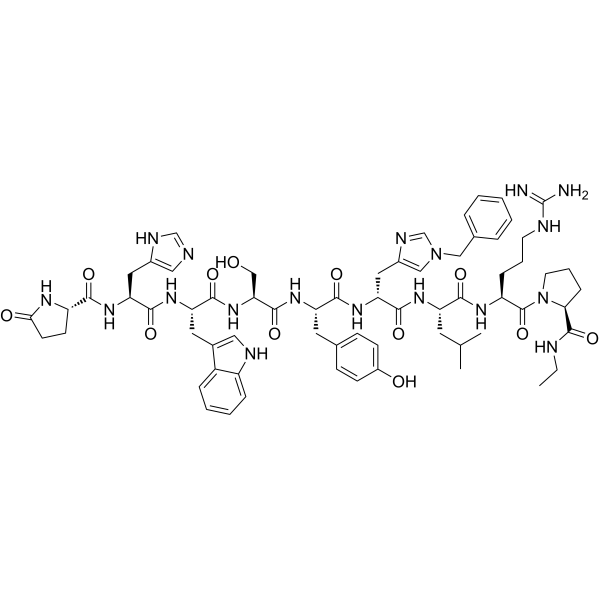

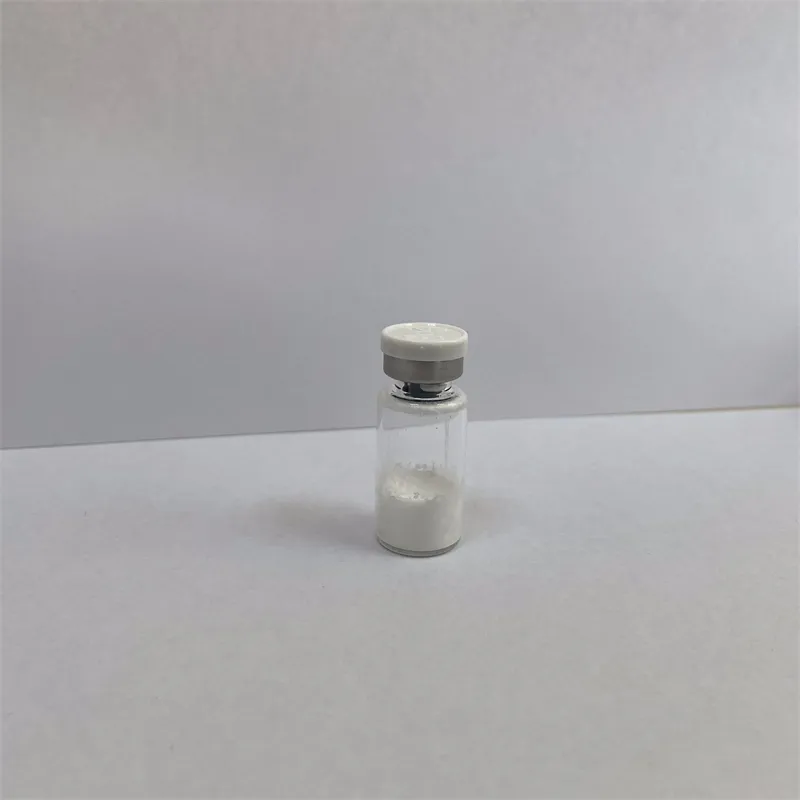
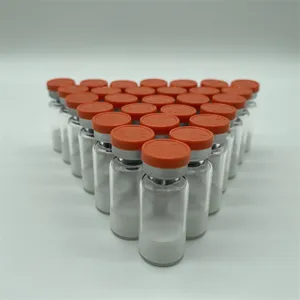
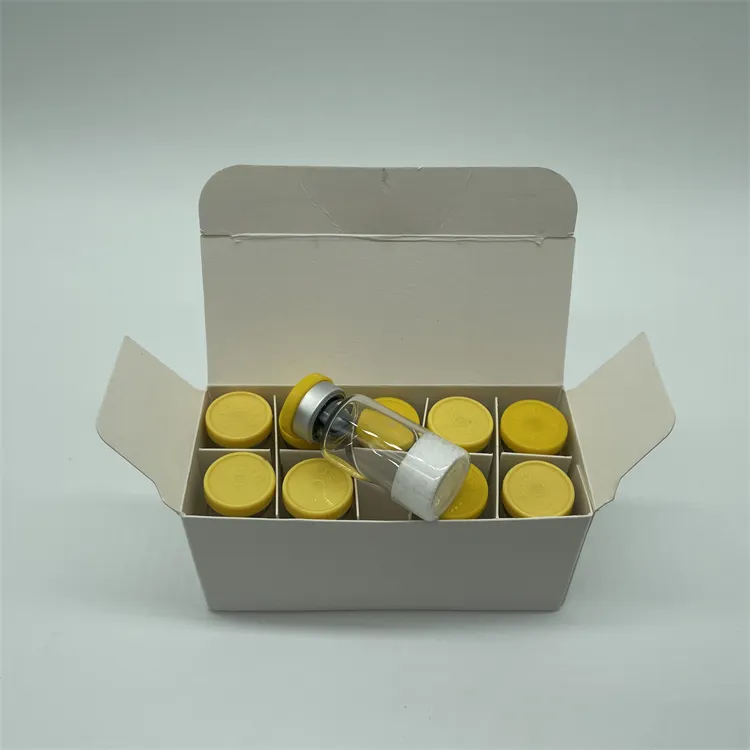

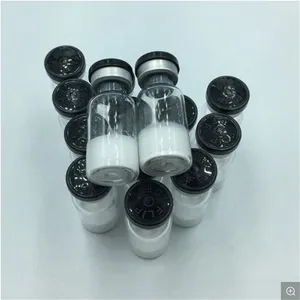
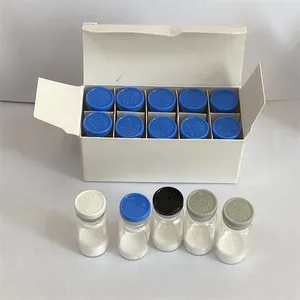

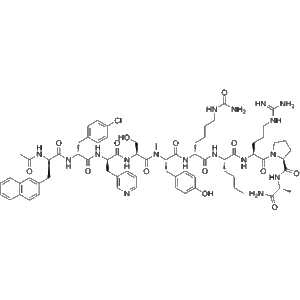
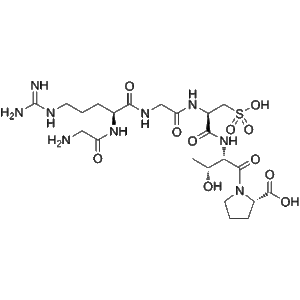
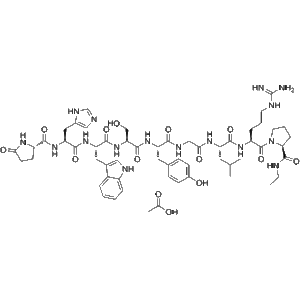
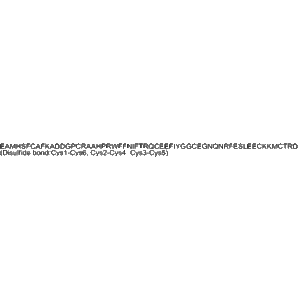
评价
目前还没有评价